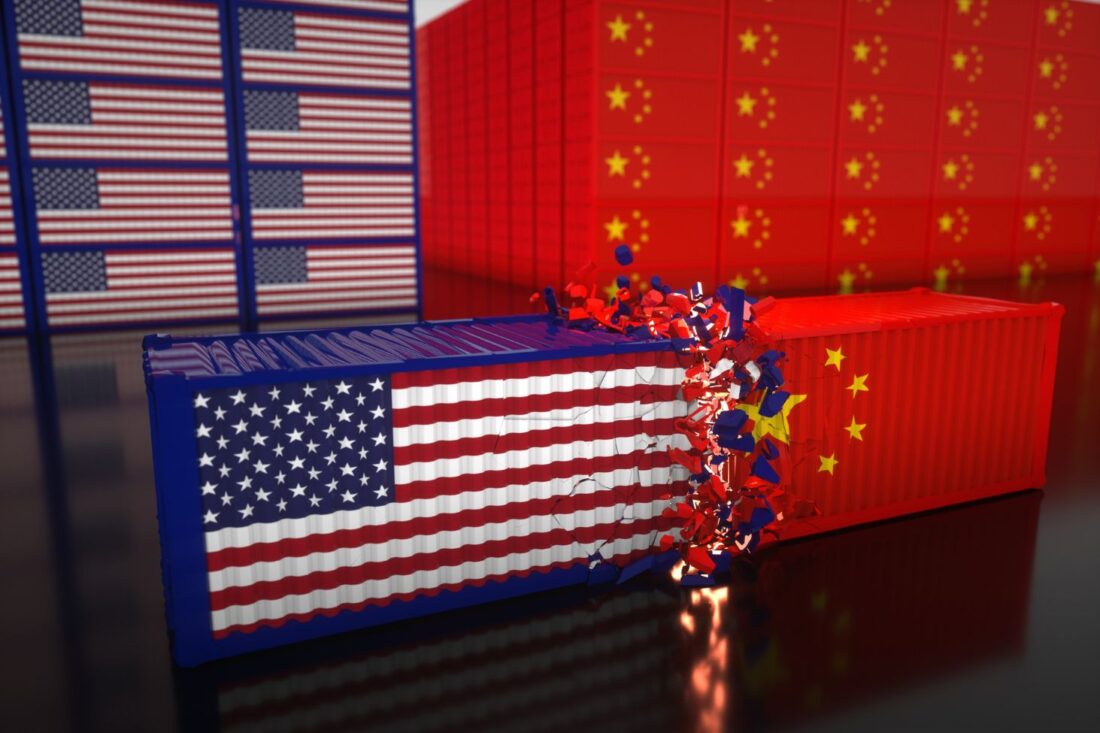Buy Direct from China vs US
October 16, 2025
 American-made vs China-bought has been a hot topic as of late. With the recent political climate, the trade war, and tariffs, more and more importers are looking to move their supply chain management in China home. But is that really in their best interest? Should importers Buy direct from China or the US?
American-made vs China-bought has been a hot topic as of late. With the recent political climate, the trade war, and tariffs, more and more importers are looking to move their supply chain management in China home. But is that really in their best interest? Should importers Buy direct from China or the US?
We came across an interesting analysis by Westrom, a company that delivers parts and products from China to US buyers. This evaluation breaks down the differences in costs of American Made vs. Bought in China. This analysis was well done. Below are the main points:
Key Variables to Compare
Many past reports comparing US-made vs China-bought used just a few key variables, such as first costs, shipping costs, lead time, etc. However, numerous additional factors should be considered for an accurate cost analysis. Westrom provides a comprehensive list of the key cost components to consider for analysis, some of which are included below:
- Direct & indirect materials
- Production scheduling
- Capital asset costs
- Finished goods inventory holding
- Raw materials holding
- Supply chain responsiveness
- Obsolescence and trading position
Why American Made?
There are many benefits of going with American made and Westrom’s study does a great job of illustrating these:
American-made products require less management and are less labor-intensive, which is especially important because many businesses don’t have the executive capacity to handle the management burden of outsourcing. It is easier to control major aspects of your supply chain in your home country including quality, logistics, and intellectual property.
Cost savings on logistics and tariffs also prove beneficial. As well as shorter lead times, leading to diminished need to hold large inventories.
Why China Bought?
However, despite the many benefits of American made, China direct buying can be significantly more cost-efficient and require less capital for many products. Westrom’s case study points out that China’s lower labor costs are offset by low productivity but that this, in turn, is offset by lower China CAPEX (Capital Expenditure) which sometimes was 46x less in China than in the USA.
As the article concludes, there are many factors to consider when deciding to either buy direct from China or move your supply chain home. There is no one-size-fits-all answer for all importers.
Editor’s Note: This blog was originally published in September 2020.
